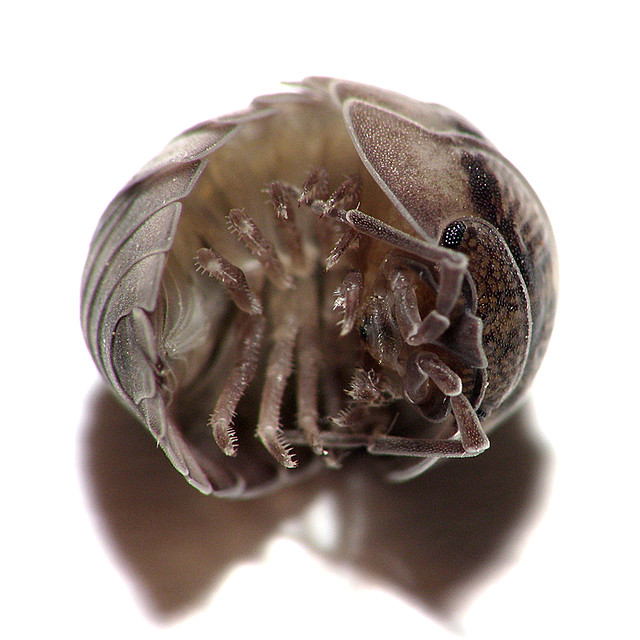Our planet is home to numerous creatures. Most of us think of those as the fuzzy, flying, or swimming types that live "above-ground." Did you know, there is a world below your feet that consist of burrowing, battling, and unbelievable life-forms that keep our world functioning? For July, the International Year of Soil's theme is "Soils Are Alive!" There is an insanely diverse community in the soil that are involved in the creation of suitable media where plants grow. These organisms have many roles from population regulators to shredders to decomposers. Each part allows the release and creation of nutrients from plant material, other fauna, and the atmosphere. In today's blog post, I will highlight a few of my favorite predators and shredders!
 |
| http://porygon2z.deviantart.com/art/Death-Battle-Wolverine-Vs-Shredder-392854166 |
The soil critters involved in the recycling of nutrients are dubbed the "soil food web." Plants take up nutrients from the soil, plant tissue dies and falls back to the soil, and then the biomass is transformed back into nutrients for the plants to take up. Each soil organism functions as part of a greater whole. At the beginning of this process is the attack of plant material by soil creatures. Everyone is familiar with pill bugs (potato bugs, sow bugs, rolly polies, wood lice). Do you know what they do though?? These arthropods (animals with an exoskeleton) are related to crustaceans (lobsters and crabs!). They are incredibly important as they help to "shred" the plant material (leaves, bark) into smaller peices, so that the other soil fauna can begin to break it down further.
 |
| https://www.flickr.com/photos/martinlabar/galleries/72157623563082373/ |
The next little beast I would like to highlight are mites. These arthropods have many functions and can shred similarly to the pill bugs, but they also help to regulate populations of other mites as well as springtails and nematodes in the soil. There are typically 1-10 mites per gram of soil and over 200 different types of mites within the soil. Without these guys there can be over abundance of certain soil animals that can upset the nutrient cycling process. If fungi (decomposers) get a little too excited about breaking down plant material, these guys can gobble up some of the hyphae to reduce the biomass.
 |
| Credit: Gerhard Eisenbeis and Wilfried Wichard. 1987. Atlas on the Biology of Soil Arthropods. Springer-Verlag, New York. P. 83. |
This last organism may be a favorite because of its resemblance to a creature found above-ground. Water bears (Tardigrades) are fairly new to the soil food web club. They have amazing abilities to go without food or water for decades! They can also repair there own DNA. Pretty fierce for a soil creature, eh? These guys can be found on the surface of mosses and lichens as well as in the top few centimeters of soil. There scientifc name Tardigrade comes from the Italian word "“Il Tardigrado,” which means slow one. These guys also function as a predator in the soil food web. They help to control populations of protozoa, rotifers, nematodes, fungi, and bacteria.
 |
| http://apod.nasa.gov/apod/ap130306.html |
Of course there are many more soil dwelling species to talk about. To learn more, visit some of my past blog posts
Nema-what? Nema-who? and of course my ultimate favorite fungi,
mycorrhizae. Next time your turning over logs or digging in your yard, stop for a moment. Those creepy crawlers are helping provide nutrients to plants that ultimately provide us with food. This is indeed a precious subterrenean world that we need to make sure we preserve!
 |
| http://www.fao.org/globalsoilpartnership/world-soil-day/campaign-material/en/ |


No comments:
Post a Comment